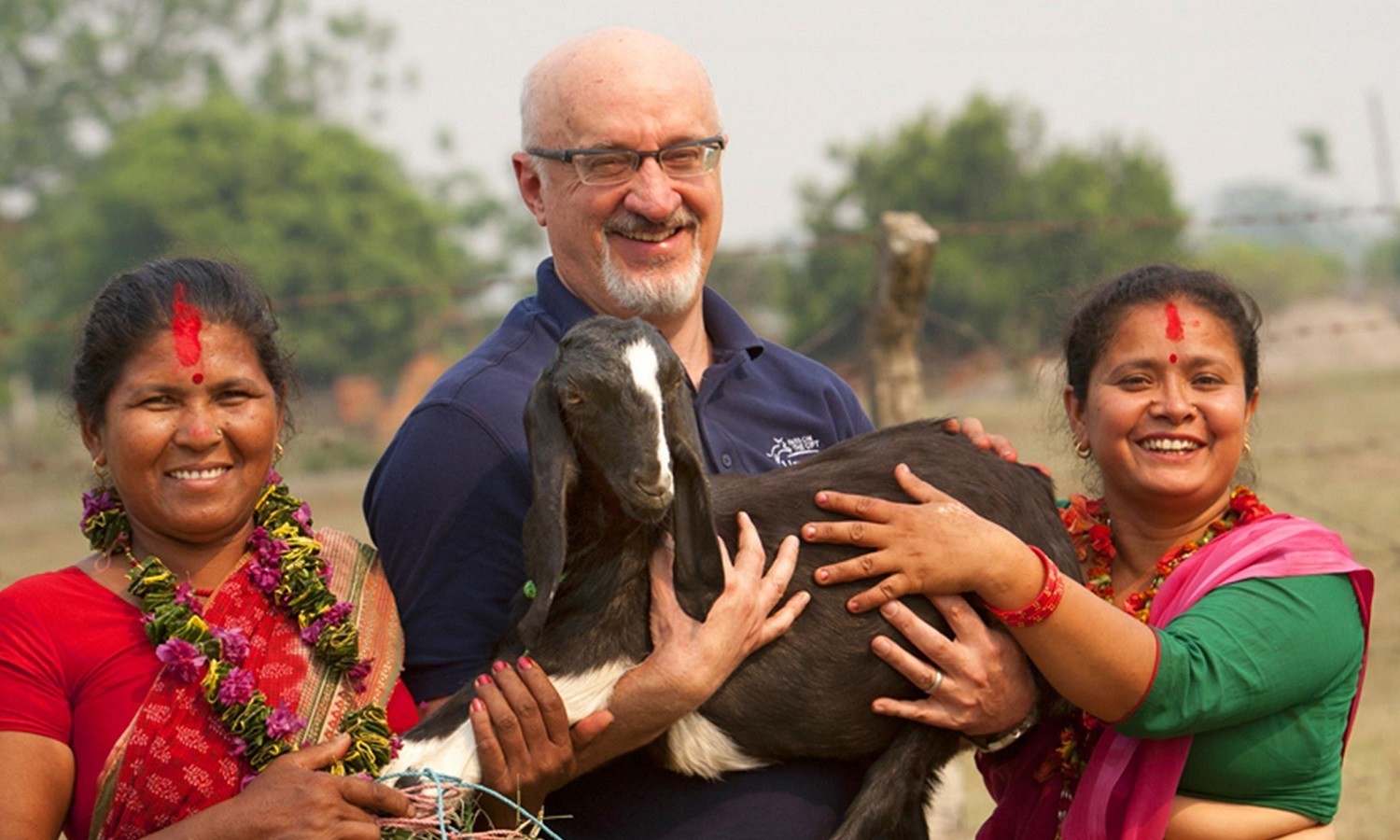
Food Tank Discusses Ending Poverty and Hunger with Heifer International’s Pierre Ferrari
Heifer International has worked for more than 70 years helping people all over the world gain the tools they need to improve their livelihoods. The core of their model is “Passing on the Gift”, meaning the communities they work with must continue to help others, giving new communities their animals’ offspring and training them, in a never-ending series of helping others.
Food Tank was fortunate enough to speak with Pierre Ferrari, CEO of Heifer International since 2010.
February 18, 2015 | Source: Food Tank | by
Heifer International has worked for more than 70 years helping people all over the world gain the tools they need to improve their livelihoods. The core of their model is “Passing on the Gift”, meaning the communities they work with must continue to help others, giving new communities their animals’ offspring and training them, in a never-ending series of helping others.
Food Tank was fortunate enough to speak with Pierre Ferrari, CEO of Heifer International since 2010.
Food Tank (FT): What are your biggest accomplishments since becoming CEO in 2010, and what are your biggest goals for the upcoming years?
Pierre Ferrari (PF): I started in late October, early November of 2010. We started to focus on three strategies, or themes really, and I think they’ve led to a lot of accomplishment.
The first was scaling up programs. When I started, we had about 900 small projects all over the world, and on average, the number of families engaged in each project was around 150. The median was probably more like 100, but there were a couple large outliers that pulled the average up. And that meant that the projects were very scattered all over the countries. It was almost as if we were maximizing the difficulty of getting to each project. Part of the reason was political; for instance, the politicians in the countries where we do work wanted us to “spread the wealth”, but that meant that each project was very small, not at scale, and not really creating as much change as possible. I come from the business world, and I said, this doesn’t work, scale matters, network effects matters, and today, we are down to 132 projects with an average size of close to 10,000 families. That has led to a cost change per family from over 600 dollars per family over the period of the project, to under 200 dollars per family, so we’ve tripled impact. And by the way, we think that the impact per family is deeper than it was in the past. It’s a great achievement by the team here.
The second theme was systems. We have about 1,000 people in our organization, with about 130 million dollars in revenue, and the systems were not in keeping with the size of the operation. So we’ve invested in creating a global system that is very effective, cloud-based, accessible, and creates transparency. It’s not perfect, but it’s well organized and already delivering results.
The third strategy was to diversify our funding sources. It wasn’t a focus on growing, but about diversification. In 2010, most of our donors were small donors, who we love and appreciate, but we needed to make the organization less vulnerable to changes in the economy. The small donor range used to be in the 80th percentile, and we’ve lowered it to the 60th percentile, so that now if any one of our revenue streams has a hiccup, there are more alternate sources of funding we can rely on.
So, that’s what we’ve worked on the past four years. The team has worked really hard, and it’s been a lot of change.
